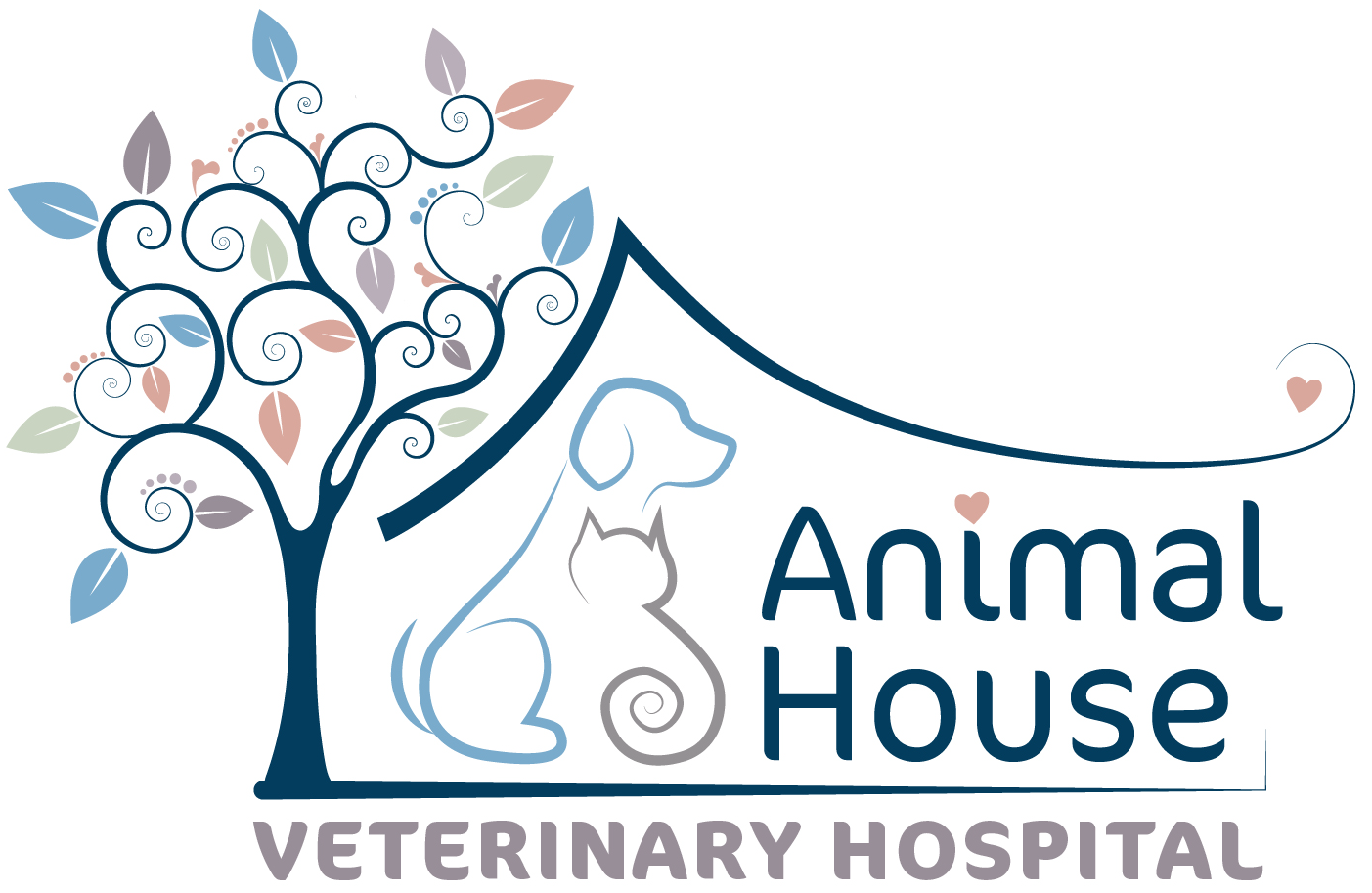Helping Your Dog with Osteoarthritis
A diagnosis of osteoarthritis (OA) in your dog can feel devastating and even overwhelming. After all, we know that OA is a progressive, degenerative disease that worsens over time. By most estimates, 25% of all dogs (regardless of age) are affected by OA, and possibly 60% of dogs will show x-ray evidence of the disease in their lifetime. As a result, this makes OA the most common chronic disease they face. Once a dog is diagnosed with OA, it is important to understand that the focus is management rather than cure. Success means maximizing your dog's comfort and function while minimizing pain.
The good news is that there are many strategies, both big and small, to help dogs live with their OA.
What is the first step I should take to help my dog with OA?
 Create a true partnership with your veterinarian. This means scheduling regular evaluations to monitor the progression of OA and modify the treatment plan.
Create a true partnership with your veterinarian. This means scheduling regular evaluations to monitor the progression of OA and modify the treatment plan.
Dedicate a journal or notebook to your dog's ongoing health/medical issues, and write down all your questions as you think of them. Take your notebook to all veterinary visits to record answers to your questions, as well as to note details of any updated veterinary recommendations. It is difficult to remember all the information that is provided at veterinary appointments, so writing it all down makes sense so that you can refer back to it later.
Can my dog's weight make a difference in managing OA?
Yes, it can. If your dog is carrying extra weight, work with your veterinarian to plan a weight-loss strategy to help your dog become lean and keep him that way. Your veterinarian will prescribe a diet that will provide joint support and help your dog lose weight. Ask for specific portion recommendations, and schedule regular weigh-ins to monitor success.
Can exercise help?
With OA joints, we know that dogs need to ’use it or lose it’. Regular moderate exercise contributes to better joint health, even in the face of OA. Ask your veterinarian for specific guidance on how far and long to walk, acceptable walking surfaces, and specific exercises that can target and strengthen muscle groups.
Is there anything I should know about the pain medications, nutraceuticals, or supplements my veterinarian has prescribed for my dog?
Use all products strictly as instructed/labeled. Do not modify delivery/dosing of prescription medications except under the direction of your veterinarian. Be sure to ask for a written summary of potential side effects, and monitor your dog carefully. If you see any adverse side effects from medications, contact your veterinarian immediately. Discuss any over-the-counter supplements with your veterinarian. Some may be harmful for your dog based on his specific health needs or may interact with other medications your veterinarian recommends.
Are there any other veterinary management options I can look into?
You may want to explore physical medicine to complement pharmaceuticals (drugs), nutrition, and nutraceuticals to help your dog with OA. Physical medicine options include physical rehabilitation, acupuncture, chiropractic, laser therapy, regenerative medicine, and medical massage. It is important to work with appropriately qualified and credentialed individuals, so seek your veterinarian's guidance for a referral. Physical medicine may allow for decreased doses of medication over time by helping to restore more normal movement and strength in the dog's body.
How can I modify my home environment to maximize my dog's comfort and function?
There are some simple things you can do to make everyday living much more comfortable and fun for your dog with OA. Something as straightforward as providing raised food and water dishes can relieve low-back pain and make mealtimes more enjoyable. Dishes placed at a height between your dog's elbow and shoulder level are generally most convenient.
In addition, keep your dog with OA warm and dry. Outdoor living is, in general, not appropriate for these dogs.
 To make sleeping surfaces as comfortable as possible, consider providing your dog with an orthopedic or memory foam bed.
To make sleeping surfaces as comfortable as possible, consider providing your dog with an orthopedic or memory foam bed.
A ramp to enter and leave the vehicle makes car rides more enjoyable by eliminating stress on the back and leg joints. Dogs generally learn how to use ramps quickly.
Depending on the extent of your dog's OA, it may be best to prevent access to stairs when no one is available to ’spot’ him on a trip upstairs or downstairs. A collapsible baby gate works well for this and can either be mounted on hinges or simply put up and removed as needed.
Keep your dog’s nails short to increase traction and reduce strain on their joints.
Finally, an often-overlooked yet very important environmental modification is slip-free flooring. In this age of hardwood, laminate, tile, and vinyl flooring, most dogs with OA struggle just to get around the house. We can help them out in a number of ways:
- Add area rugs with non-skid backing. Yoga mats can also be used.
- Use baby gates to prevent access to rooms with slick floors.
- Lay down interlocking squares of lightly padded flooring (such as those used to create play surfaces for children). These squares work well for covering large floor surfaces because they can be custom-fitted to any room and easily removed for cleaning and entertaining company.
- Some dogs tolerate wearing light boots that give them traction on slippery surfaces.
What is my takeaway message?
Work with your veterinarian to expand and fine-tune these options for your dog. With a bit of imagination and creative thought, you can help your dog with OA enjoy a long, happy, and comfortable life!
© Copyright 2024 LifeLearn Inc. Used and/or modified with permission under license. This content written by LifeLearn Animal Health (LifeLearn Inc.) is licensed to this practice for the personal use of our clients. Any copying, printing or further distribution is prohibited without the express written consent of LifeLearn. This content does not contain all available information for any referenced medications and has not been reviewed by the FDA Center for Veterinary Medicine, or Health Canada Veterinary Drugs Doctorate. This content may help answer commonly asked questions, but is not a substitute for medical advice, or a proper consultation and/or clinical examination of your pet by a veterinarian. Please contact your veterinarian if you have any questions or concerns about your pet’s health.


